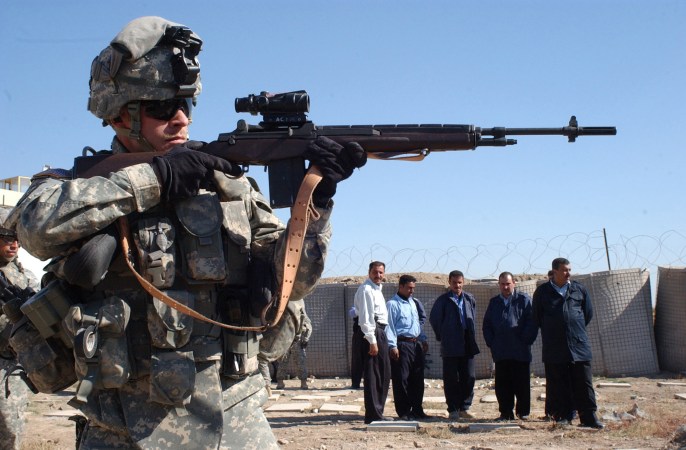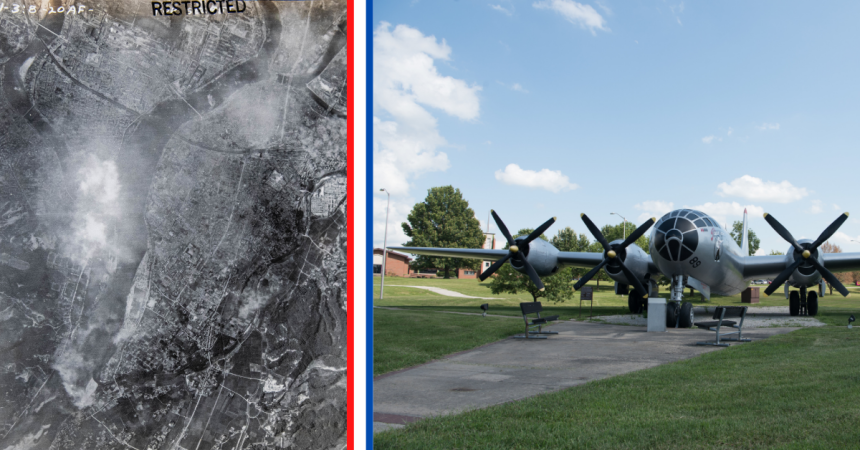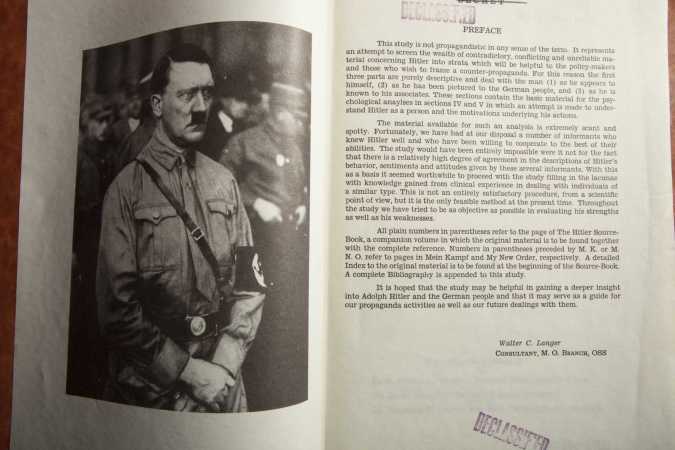World War II was a time of great hardship for our military and our country. But in that hardship, the U.S. military found improvements in technology and training to address how we moved our wounded around inside and out of the theater of operations, away from combat situations.
In the first world war, there was no system in place to rapidly evacuate the wounded or injured. The survival rate of the critically injured dwindled, while those that did survive waited to be sent home to their families.

To make matters worse, the wounded did not leave the point of injury until the war was almost over (this could have be upwards from 6-12 months). Field hospitals had to be set up near the battlefield and the injured were cared for by the women of the Army Nurse Corps until the fighting had come to a halt, or they made a significant recovery.
At the beginning of WWII, it was clear that there needed to be a system or operation set up to help bring our wounded back to home station safer, faster, and more efficiently.
Luckily, a woman named Lauretta Schimmoler, one of the first female pilots (and the first woman to command an American Legion Post), had an idea to use airplanes as ambulances (picture a giant ambulance in the sky). She founded the Aerial Nurse Corps of America and created a system that trained flight nurses who specialize in patient aircraft setup and medicine. They would provide expert care to the injured as they were transported back to home station.

The military also needed to find aircraft that could support that kind of movement from wherever they were in the war. But there was no aircraft at the time that was specially built for aeromedical evacuation. So the Army Air Forces appointed certain aircraft already in circulation to perform the task. The C-54 Skymaster, C-64 Norseman, and the C-87 Liberator express were some of the planes utilized for aeromedical evacuation.

Schimmoler’s model of patient care and flight nurse program set the foundation for current-day aeromedical operations and drastically improved the survival rates of troops in WWII (although she didn’t get recognition until 1966). Without the development of Nurse Aerial Nurse Corps of America, AE would not have been born into existence and our troops today might still be waiting out wars in field hospitals.










